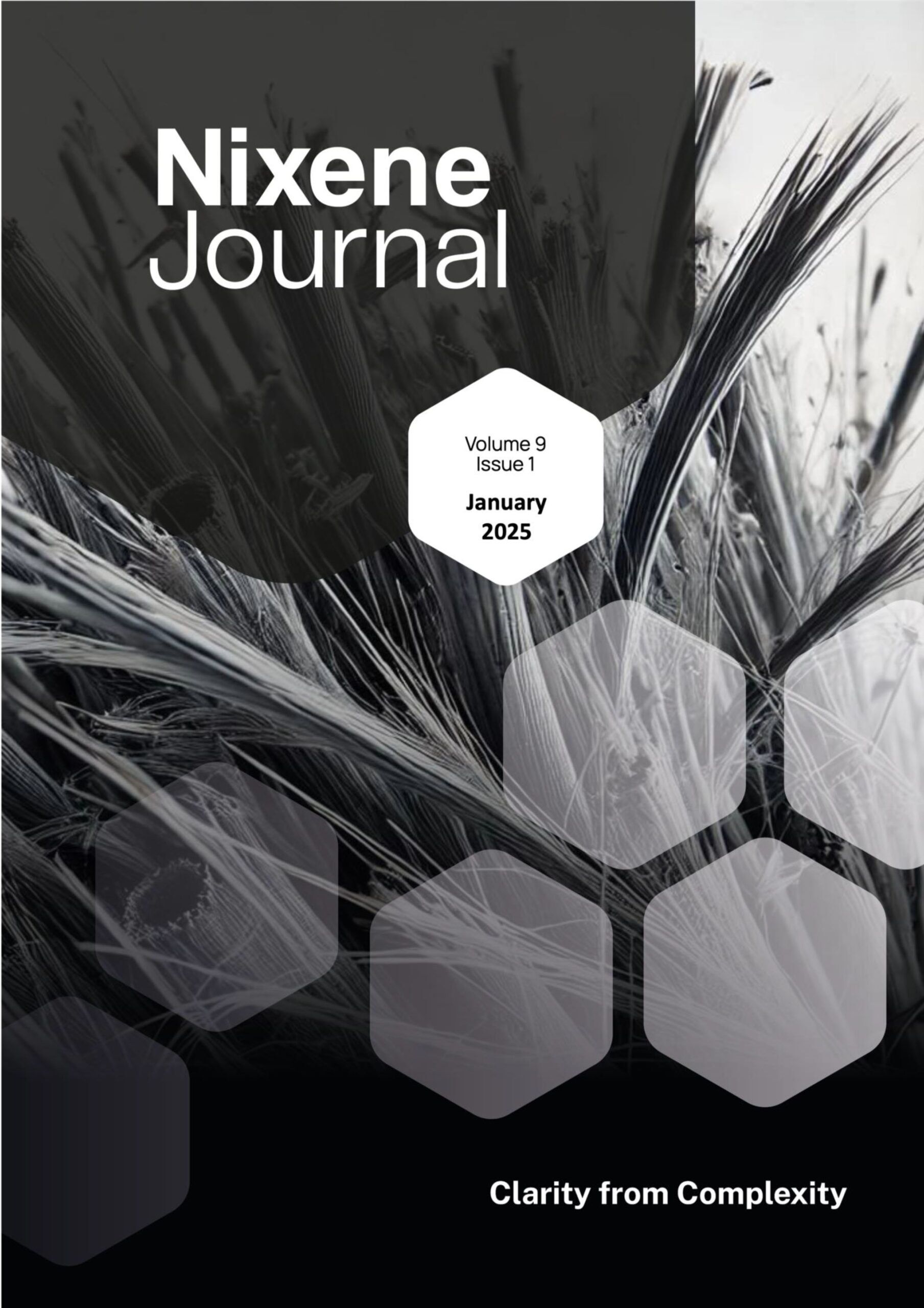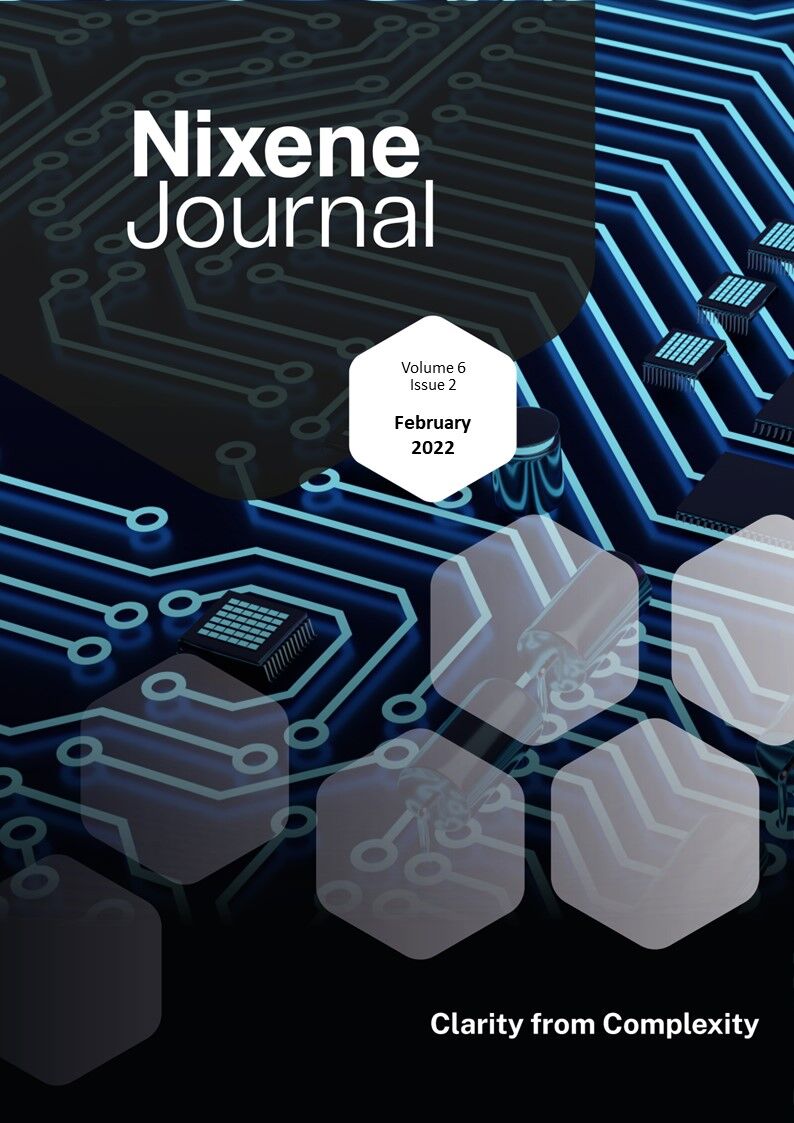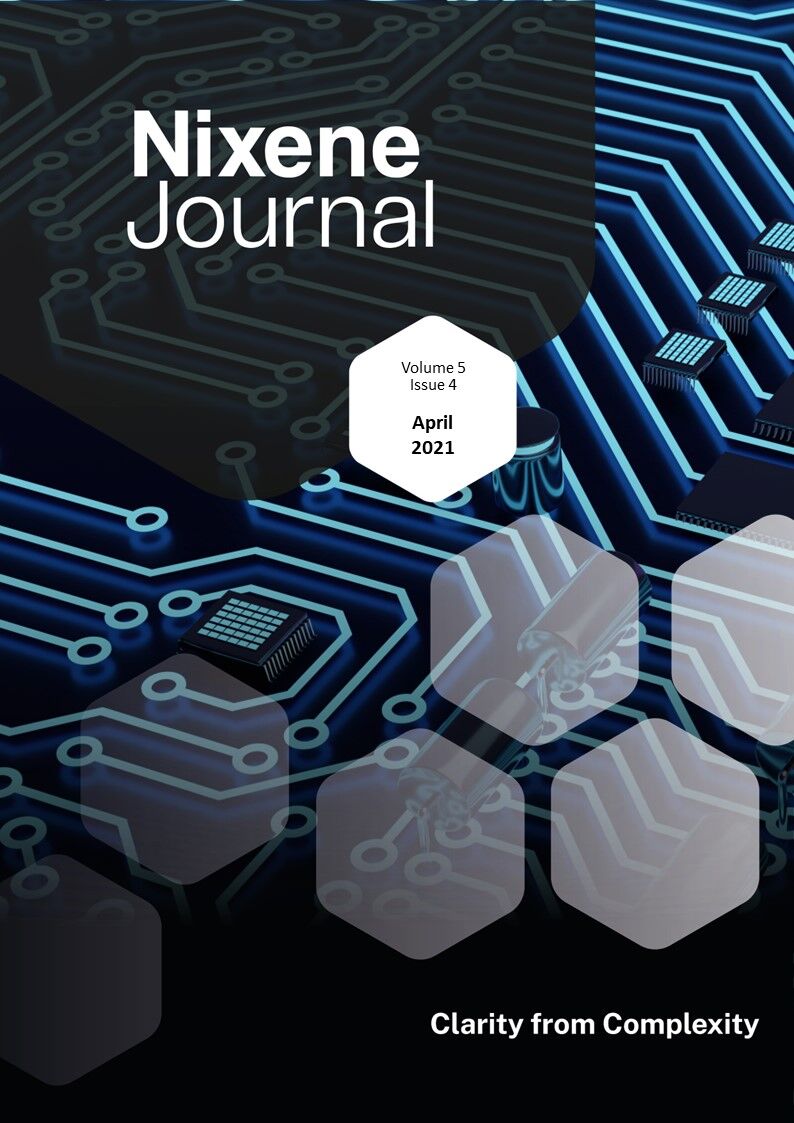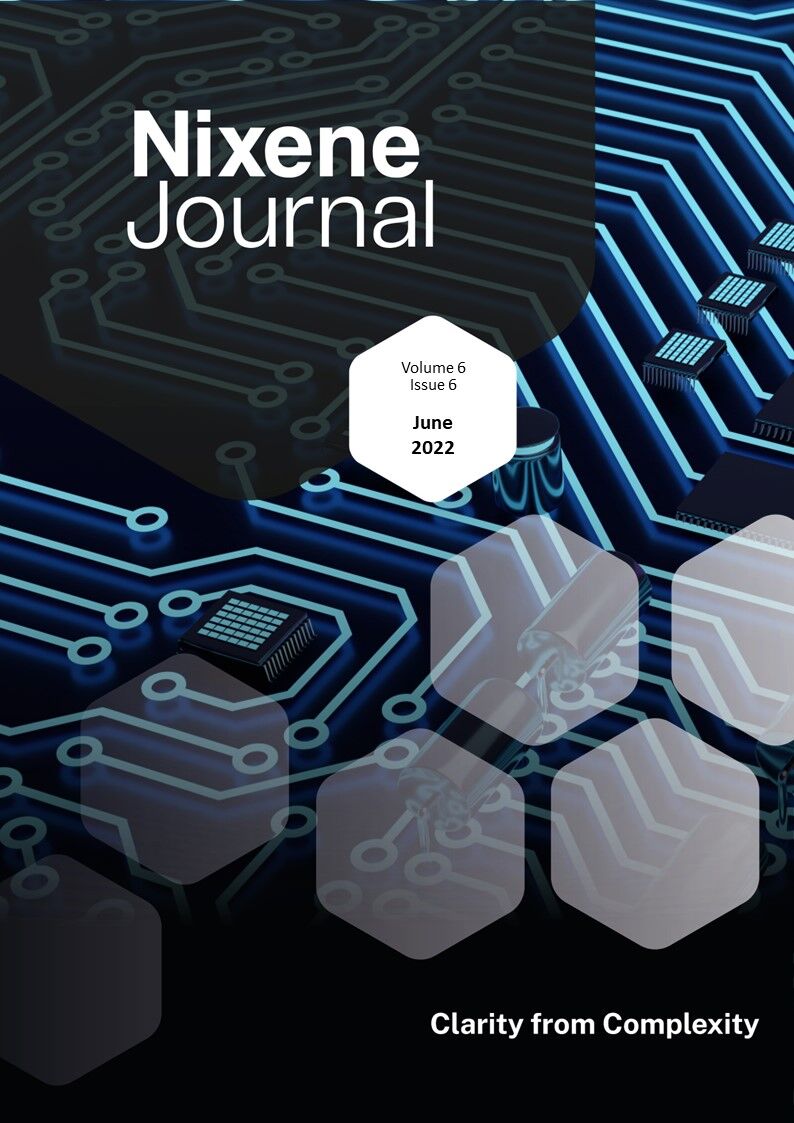Description
We start volume 9 with a wow. A graphene company has announced it is purchasing $0.5 billion dollars of production equipment. You will be familiar with the CEO of the company; it is Dr Vivek Koncherry, and the company is GIM Graphene Fibre.
GIM stands for Graphene Innovations Manchester. It is the company Vivek founded at the Graphene Engineering Innovation Centre (GEIC) in Manchester, UK. He has been on quite a journey so far, from penniless post doc researcher to CEO of at least one, and possibly two, billion-dollar companies. All this in the past 5 years. Small wonder he is being called Manchester’s Elon Musk.
Vivek has been working in the Middle East, specifically the United Arab Emirates (UAE) and the Kingdom of Saudia Arabia (KSA). This $0.5 billion announcement is for KSA where Vivek is building a giga factory to make a new type of graphene enhanced carbon fibre. The money involved is to purchase 18 carbon fibre production lines from China.
Vivek tells us this is three times stronger than normal carbon fibre. We have yet to see the technical data to back up these claims, but we do know Vivek well and we can take him at his word. This will be the first major innovation in carbon fibre in decades.
Our special feature this month was prompted by Vivek’s announcement, and we take a closer look at carbon fibre to see how it might be improved. This work revealed that at the nanoscale, carbon fibre has a structure more like a two-dimensional material than a one-dimensional polymer chain.
Elsewhere in this packed issue we note further work from Saudi Arabia. Researchers have been busy improving the manufacture of hexagonal boron nitride (hBN) and can make single crystal monolayers of the material at centimetre square scale. Another research team has developed an improved type of solar thermal cell that can harvest energy across a wide range of wavelengths with efficiencies around 97%.
All this so far is just the Kingdom of Saudi Arabia. There is much more to read in this latest issue and as usual dear Reader, I courage you to read on…
Adrian Nixon
1st January 2025









